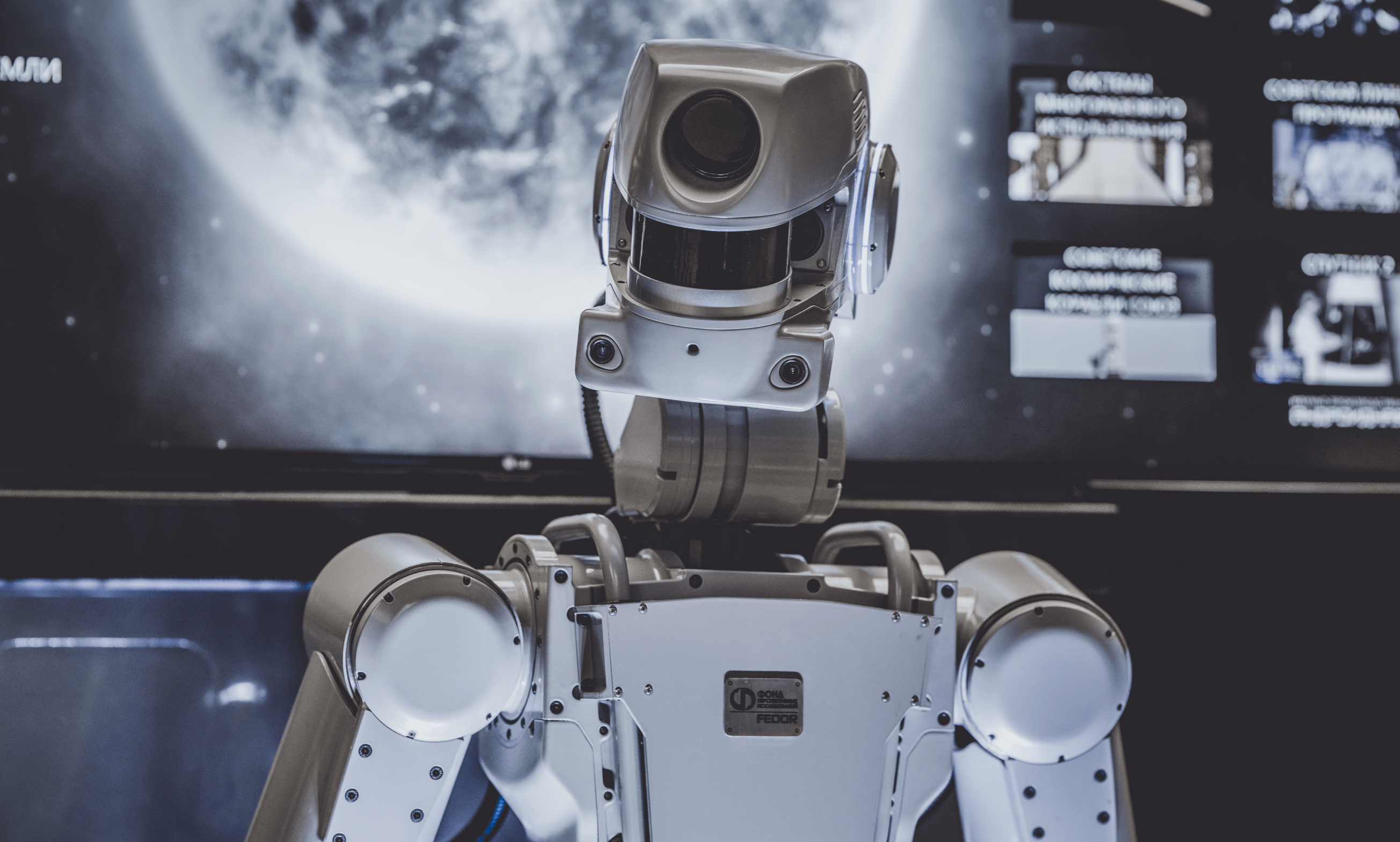Predictive analytics uses data and algorithms to make predictions about the future. Machine learning (ML) is a type of artificial intelligence that can be used to improve predictive analytics. This article will explore the role of ML in predictive analytics and how businesses can use it to gain insights into customer behavior and market trends.
The Role of ML in Predictive Analytics
ML can be used to improve the accuracy of predictive analytics. ML algorithms can be used to identify patterns in data and make more accurate predictions about the future. Additionally, ML algorithms can be used to learn from past data and improve the accuracy of predictions over time. If you want to improve the accuracy of predictive analytics, then you may check out here https://www.adopt-ai.com.au/adopt-ai/.

Image Source: Google
ML can also be used to automate predictive analytics. ML algorithms can be used to automate the process of making predictions and provide businesses with insights into customer behaviour and market trends. This can help businesses to make more informed decisions and adjust their strategies accordingly.
Benefits of ML in Predictive Analytics
ML can provide businesses with many benefits when it comes to predictive analytics. ML algorithms can be used to identify patterns in data that would otherwise be difficult to detect. Additionally, ML algorithms can be used to automate the process of making predictions, allowing businesses to gain insights into customer behaviour and market trends more quickly and accurately.
Conclusion
ML is a powerful tool that can be used to improve the accuracy of predictive analytics. ML algorithms can be used to identify patterns in data and make more accurate predictions. Additionally, ML can be used to automate the process of making predictions, allowing businesses to gain insights into customer behaviour and market trends more quickly and accurately.

